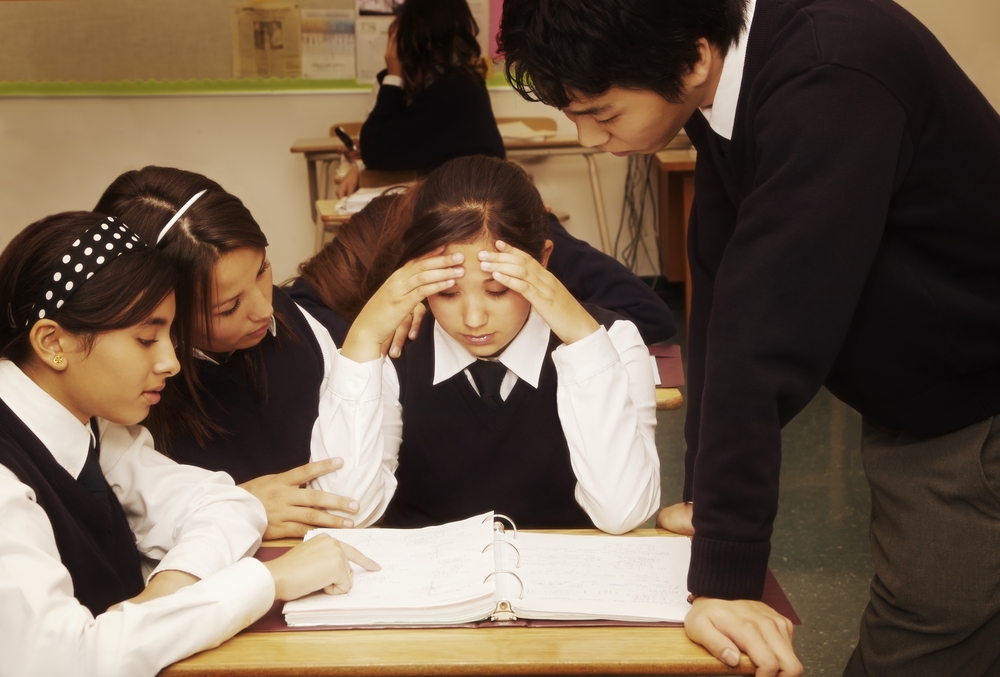Working in Pairs and Small Groups

1. Pair Work and Working in Small Groups
Most speaking practice in the classroom should be done in pairs and small groups with students talking to each other. It is a common mistake of the untrained teacher to think that students must or need to talk to the teacher.
While talking to the teacher is certainly useful, each student in a small class of only 15 will get at most 3 minutes of talking time in a 45-minute class if conversation is teacher-centered. In pairs, those same students could be directly involved in conversation as much as 22 minutes.
See the difference? That is a seven-fold increase in the amount of time a student can practice speaking, listening and interacting in English. One of the biggest problems EFL students have is the very limited amount of time they actually get to practice speaking and listening in direct interaction.
The teacher’s role during pair work and small group time is to rotate around the classroom encouraging students and helping them focus on the target language of the lesson. Including pair work and small-group work in your PPP/ESA lesson is critical to the success and improvement of your students’ language skills.
Other advantages to pair and group work are that they encourage collaborative study and help the students support each other in the class room.
2. Watch this good example of pair work in an ESL classroom

